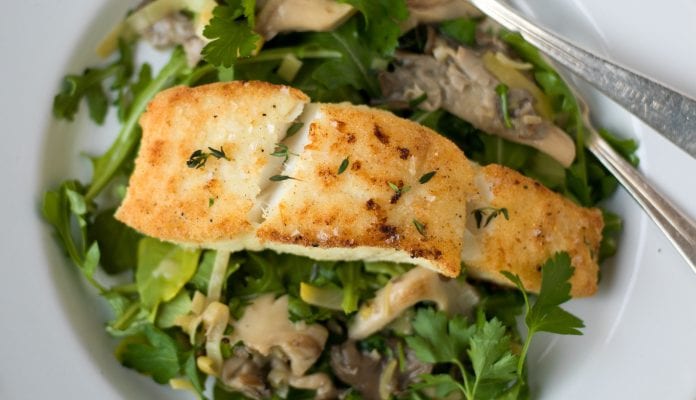On a domestic and international scale, the Alaska Seafood Marketing Institute expanded its reach over the past year to promote domestic and overseas sales of wild Alaska seafood, and educate the industry on seafood technical issues.
In presentations Nov. 28, at the start of ASMI’s three-day All Hands meeting in Anchorage, some 200 participants heard progress reports on these and other related issues, including ASMI’s sustainability program.
Fisheries market researcher Andy Wick, presenting for the McDowell Group in Juneau, noted that the cumulative first wholesale value of wild Alaska seafood from 1959 through 2016 totaled $170 billion, equal to the value of all major professional sports teams in North America.
Eighty percent of the state’s commercial seafood harvests from 2011 through 2015 was in high volume groundfish, including Pollock and cod, while salmon garnered on average 15 percent of the catch, halibut and black cod 1 percent, and crab 1 percent.
Those percentages were compiled from data provided by National Marine Fisheries Service and the Alaska Department of Fish and Game.
The largest percentage of ex-vessel values to harvesters from 2011 through 2015went to Pollock fishermen, who earned on collective average $473 million, followed by harvesters of salmon, $300 million; crab, $269 million; halibut and black cod, $243 million; cod, $198 million; pink salmon, $166 million; chum salmon, $85 million, and king and coho salmon, $49 million.
The preliminary 2017 ex-vessel value of all Alaska salmon this year was $679 million, up 64 percent since 2015, as fishermen saw one of the most valuable harvests on record.
Wick noted that prices of farmed seafood, while down, remain high, and that roe prices were trending up.
ASMI’s Global Food Aid Program also expanded its reach over the past year, introducing its products to more than 15 million new customers, said Bruce Schactler, the program’s director. The program helps the industry move inventory, including large amounts of canned salmon, while providing low cost high protein additions to the diets of nutritionally challenged people participating in domestic and international food aid entities. To that end, ASMI works with the US Department of Agriculture, local food banks, and federal agencies including the national school lunch program and food distribution programs on Indian reservations, as well as entities focused on overseas food aid programs. Global Food Aid, which started to move Alaska canned salmon more quickly, currently has brought in more than $18 million in sales, Schactler said.
One of the most recent additions to the Global Food Aid Program is wild Alaska herring fillets, which are for sale in the United States and abroad. Alaska coastal communities, where the species is abundant, but underutilized, will benefit from the increased exposure of herring in the marketplace, Schactler said.
The program also has introduced frozen wild Alaska Pollock portions, frozen whole grain breaded wild Alaska Pollock fish sticks, kosher canned wild pink salmon, frozen wild and Alaska sockeye/coho salmon fillet portions. So far during FY 2017-2018 USDA has purchased 19.6 million pounds of seafood valued at $46.6 million through the program, including nearly 8 million pound of wild Alaska Pollock frozen portions valued at $19,758,480, according to Schactler’s report.
On the technical front, ASMI has continued outreach with educational materials related to Alaska seafood, to spread word on the nutritional values, how the harvest is utilized, quality handling of the catch and safety measures for harvesters, said Michael Kohan, seafood technical program director for ASMI.
The goal of the seafood technical program is to connect with the industry and provide resources in multiple technical categories, including seafood quality, safety, traceability, utilization, nutrition and promoting innovative opportunities in science and research for Alaska seafood Kohan said.
These and other presentations at the All Hands meeting are to be posted on the ASMI website www.alaskaseafood.org















